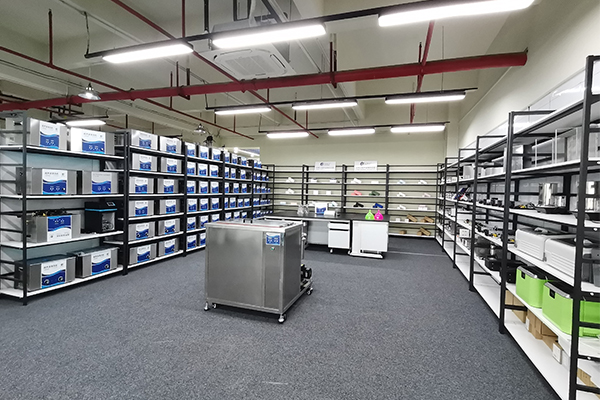Sound waves are mechanical vibrations that propagate through a medium, such as air or water. High-frequency sound waves and ultrasound are two types of sound waves that differ in their frequency range and applications.
High-frequency sound waves have a frequency range between 20 kHz and 1 MHz. These sound waves are commonly used in industrial applications, such as cleaning and welding, because they can penetrate through thick materials and produce high-intensity vibrations. High-frequency sound waves are also used in medical imaging, such as in the case of sonography, where they are used to create images of internal organs and tissues.
Ultrasound, on the other hand, refers to sound waves that have a frequency range above 20 kHz, which is beyond the range of human hearing. Ultrasound is commonly used in medical diagnosis and therapy, as it can penetrate the body and create images of internal organs and tissues, without the need for invasive procedures. Ultrasound is also used in industry for cleaning delicate parts, such as electronics components, jewelry, and medical instruments.
The main difference between high-frequency sound waves and ultrasound is their frequency range and their applications. While high-frequency sound waves are typically used for industrial applications, such as cleaning and welding, ultrasound is primarily used in medical imaging and diagnosis. Ultrasound is also used in industry for cleaning delicate parts that cannot withstand the high-intensity vibrations produced by high-frequency sound waves.
In summary, high-frequency sound waves and ultrasound are two types of sound waves that have different frequency ranges and applications. High-frequency sound waves are typically used for industrial applications, while ultrasound is primarily used in medical imaging and diagnosis, as well as in industry for cleaning delicate parts.




